The Dirty Truth About “Clean Beauty”: What to Know to Make an Informed Decision
Clean beauty is trending big, but are we jumping on the clean beauty bandwagon because it’s really, truly better for us ... or because of scaremongering? Jude Chao investigates.
We’re four months deep into 2019, and at this point, the leading beauty trend of the year seems clear. It’s clean beauty, which has been percolating for some time now and even has its own section on Sephora’s website.
Like so many other trendy buzzwords, “clean” in the context of beauty can mean a lot of things — it means pretty much whatever the brand wants it to mean. Elements of veganism and of sustainability or general eco-friendliness often come into play. In the vast majority of cases, though, “clean beauty” implies a “clean” ingredients list, free of “toxic chemicals.”
Since we skincare lovers love our ingredients lists, let’s take a look at some of the more common “unclean” ingredients (those “toxic chemicals”) that clean beauty brands avoid. Is there substance to the trend?

Parabens
Just about every clean beauty brand loudly proclaims its lack of parabens. It’s easy to understand why. There is a lot of scaremongering around parabens.
Methylparaben, propylparaben, and butylparaben are often referred to as “endocrine disruptors.” Pushed by sites like GOOP, this frightening-sounding phrase refers to parabens’ ability to mimic estrogen in the body.
The estrogenic activity of parabens is orders of magnitude less than estrogen, however, with even the most potent being 10,000 times weaker than estrogen. A 2008 safety report (with an abstract written by someone for whom paragraph breaks are clearly an alien concept) stated that “parabens are not significantly toxic by various routes of administration,” including oral and intravenous. No causal link has been found between parabens and cancer. The Cosmetic Ingredient Review (CIR) panel concluded that the research “support[s] the safety of cosmetic products in which parabens preservatives are used.”
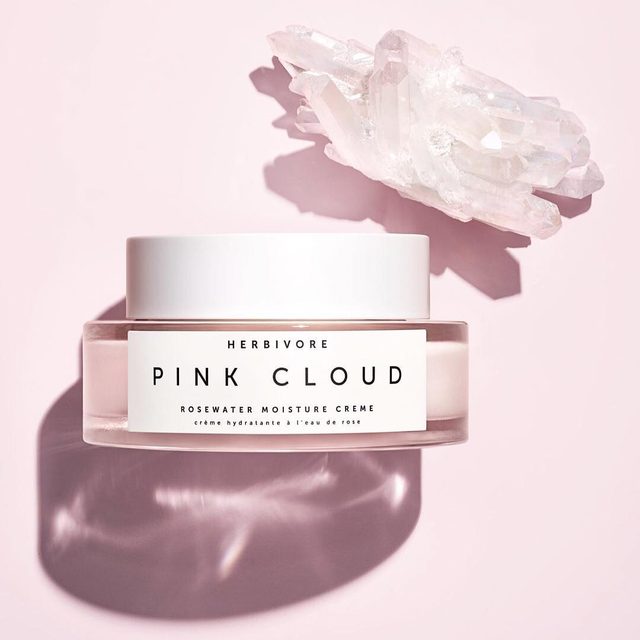
Parabens are economical and effective broad spectrum preservatives that prevent the growth of both bacteria and fungi, two things you definitely don’t want colonizing your skincare products. (Take it from paraben-free clean beauty brand Herbivore, which is recalling its Pink Cloud Moisture Cream due to mold contamination, a seemingly common issue with Herbivore products.) “Clean” beauty products won’t be very clean if they develop fuzzy mold, which is why I’m totally down with parabens in my products.
Mineral oil
Clean beauty brands also often tout their lack of mineral oil. This aversion seems particularly emotional to me. Mineral oil is made as a byproduct of the crude oil refining process, so it carries associations with fossil fuels and gasoline. That gives it a very “dirty” connotation indeed.
As far as skin safety goes, however, the highly refined and purified mineral oil used in cosmetics does not pose any known risks substantiated by research. And mineral oil is an excellent and inexpensive moisturizing ingredient. It’s highly occlusive, meaning that it forms a barrier on skin to trap moisture inside, and highly emollient, meaning that it softens the texture of skin. The large molecule size means that it typically does not penetrate skin. Mineral oil is also as noncomedogenic as they come.
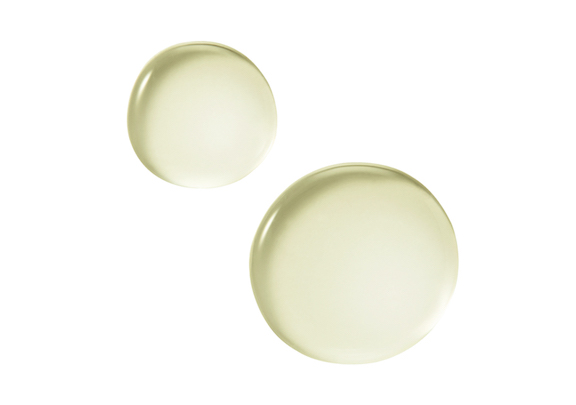
Bottom line with mineral oil is that while it is a byproduct of a process that many of us find unappealing, the ingredient itself is not problematic for our skin. But it’s an easy target for clean beauty marketing.
SLS
Sodium lauryl sulfate (SLS) is a surfactant commonly used as a cleansing agent in shampoos, facial cleansers, body washes, and other personal care items, and it, along with other sulfates like sodium laureth sulfate (SLES), are also frequent scapegoats in the clean beauty movement.
So here’s the thing about SLS in particular. It is a comparatively harsh surfactant, and there are plenty of cleansing agents in use now, like cocamidopropyl betaine, that can get our faces clean without as much stripping as SLS causes (especially when used in conjunction with a cleansing oil to double cleanse). I have personally found that SLS can be perfectly fine for my skin as long as it’s used in a low pH cleanser, but I do prefer cleansers without it.
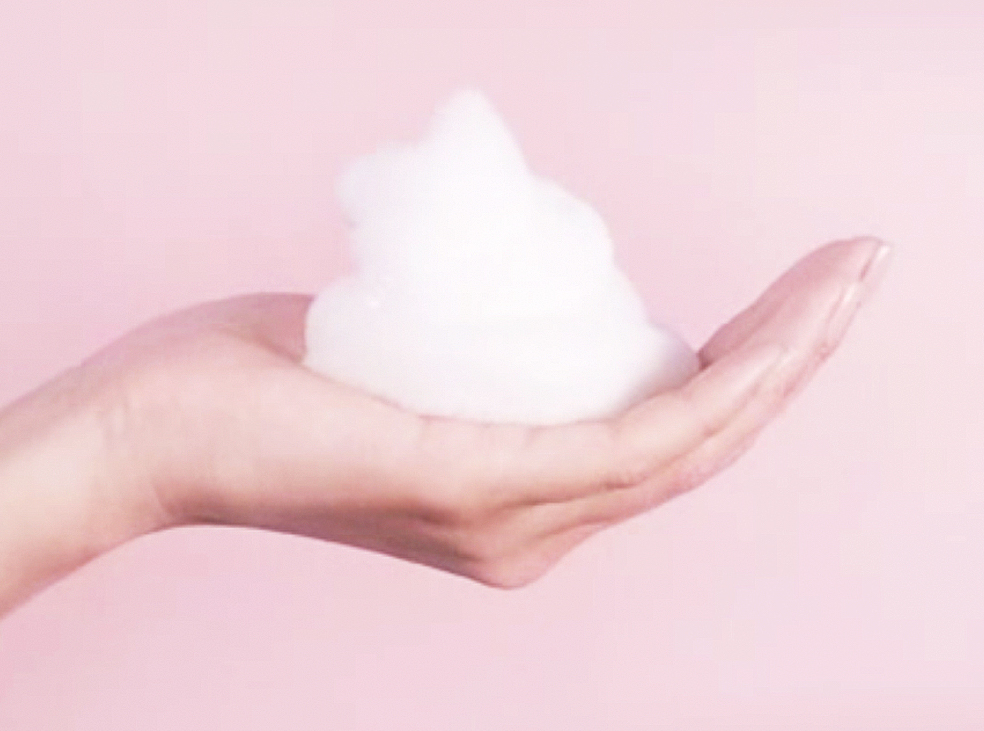
On SLS, therefore, I do kind of agree with clean beauty proponents. That’s not for any safety or toxicity reasons, though. The FDA even deems it safe for use in food products. There are simply gentler alternatives out there, and when it comes to cleansing, gentler is better.
On “toxic chemicals” and “natural is better”
Clean beauty makes a big deal out of “toxic chemicals,” so it’s worth considering the concept of chemicals and toxicity in general.
Everything is chemicals. A chemical is simply matter with a consistent composition. Yes, your face wash is made of chemicals. So are apples and oranges and people and kittens and quokkas and air. There is nothing inherently harmful or dangerous about “chemicals,” no matter how much clean beauty brands insist otherwise.
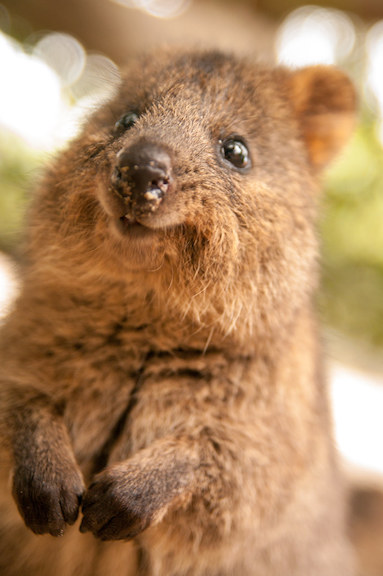
On to the concept of toxicity.
There’s a saying I like a lot: “The dose makes the poison.” What it means is that the quantity or concentration of a substance matters quite a lot when it comes to determining the risk of adverse effects. Water will kill you if you drink too much of it. On the other hand, tiny amounts of formaldehyde are naturally occurring in fruits, vegetables, meats, fish, and other foods and won’t do a thing to harm you.
I’d also add a bit more to the saying: “The method of administration makes the poison, too.” There’s a huge difference between ingesting something and putting it on your skin, since skin is there to keep substances out of our bodies in the first place. Going back to parabens, that 2008 safety review explained that “although parabens do penetrate the stratum corneum, metabolism of parabens takes place within viable skin, which is likely to result in only 1% unmetabolized parabens available for absorption into the body.” Since parabens are used at concentrations of less than 1% in cosmetics, that’s a tiny, tiny amount. Both the dose and the method of administration matter here.
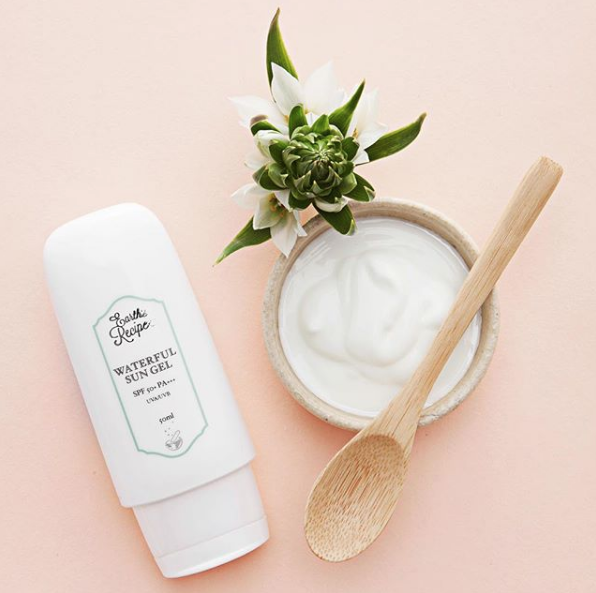
In fact, method of administration is one major weakness in many of the studies that clean beauty brands like to refer to for support against “toxic chemicals.” Crusaders against chemical sunscreens often claim that they, like parabens, are estrogenic. But if you look at the study most commonly cited, you’ll find that the rats in the study were fed an “astronomically high dose” of oxybenzone over a short period of time. It doesn’t compare to either the typical usage rates or method of administration of applying sunscreen to skin.
Finally, let’s look at the phobia of manufactured chemicals and the idealization of naturally occurring substances that underlie much of the clean beauty movement. Natural is not always safe or better for you. Here’s a very brief and incomplete list of naturally occurring substances:
* Asbestos
* Arsenic
* Mercury
* Lead
* Everything that makes up a crocodile, which you most definitely do not want on your face

There is nothing inherently wrong with synthesized or manufactured ingredients, just as there is nothing inherently superior about naturally occurring substances. In both categories, there are great ingredients and not so great ones. What works for our skin is much more complicated than simply “natural is better” and “chemicals are bad.”
If you’re drawn to clean beauty brands because of ethical reasons — for example, looking for brands that align with a vegan lifestyle, or for brands that use more sustainable and eco-friendly practices — that’s awesome. But if you’re tempted by clean beauty brands because their marketing is scaring you away from more conventional ingredients and formulations, take a moment to consider whether those “clean” brands really offer you a superior experience. Clean is a buzzword, and buzzwords are often exciting but devoid of substance (or results for your skin).
What’s your take on clean beauty? We’d love to know so let’s talk in the comments below?
Loading...